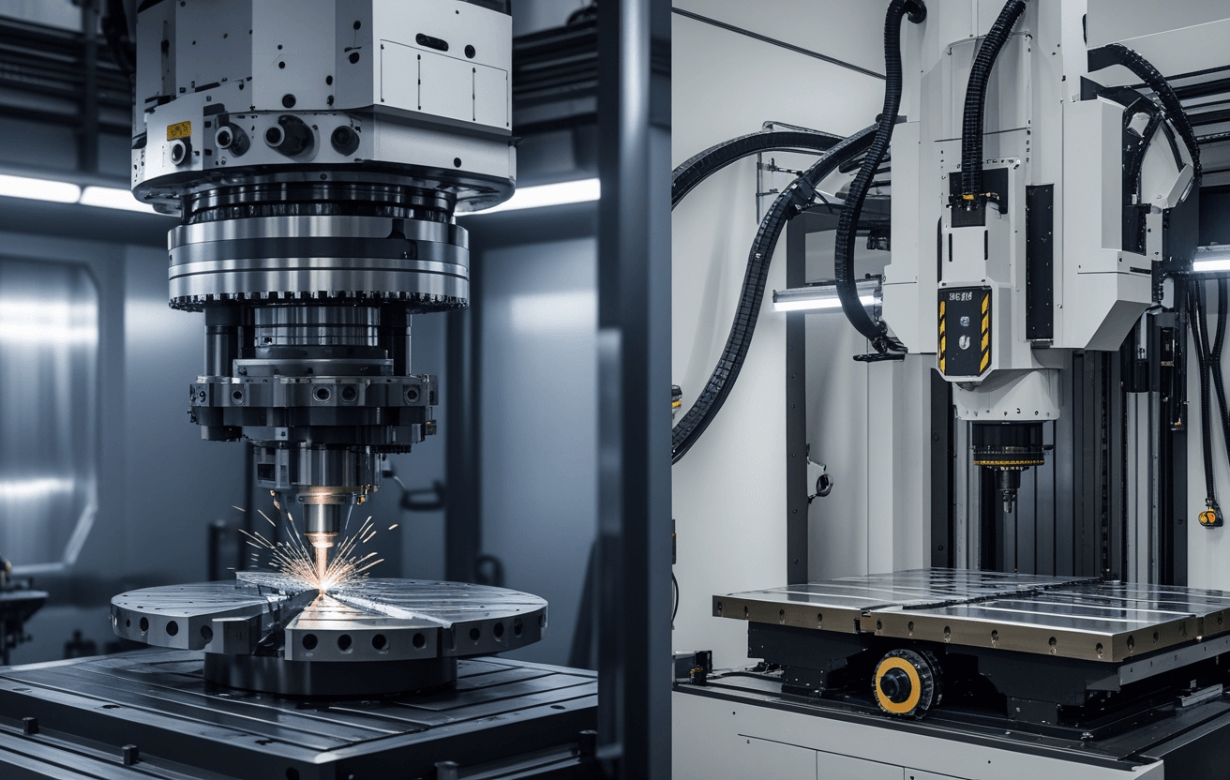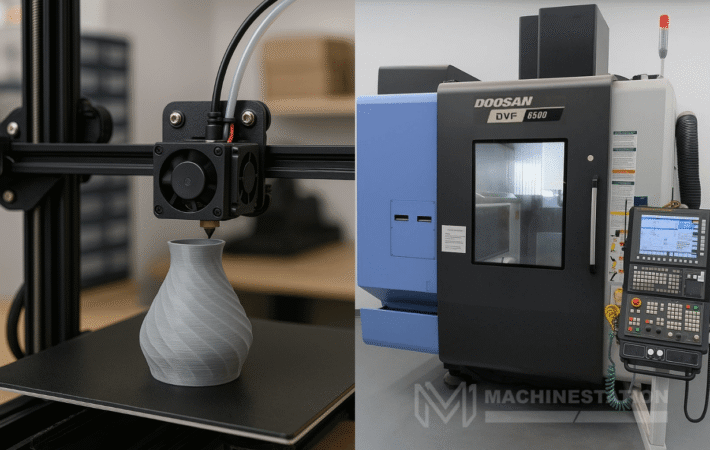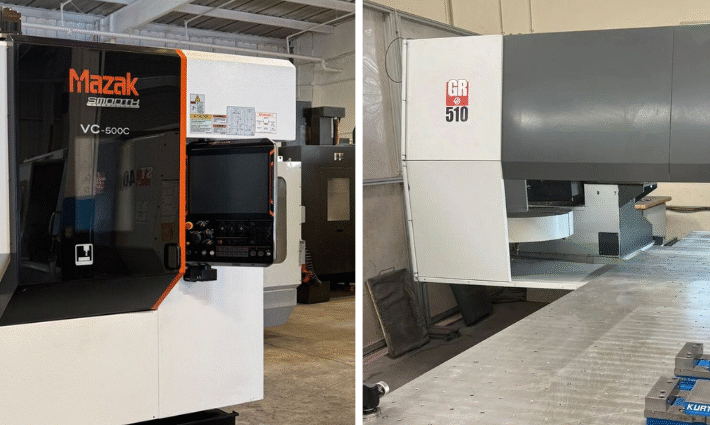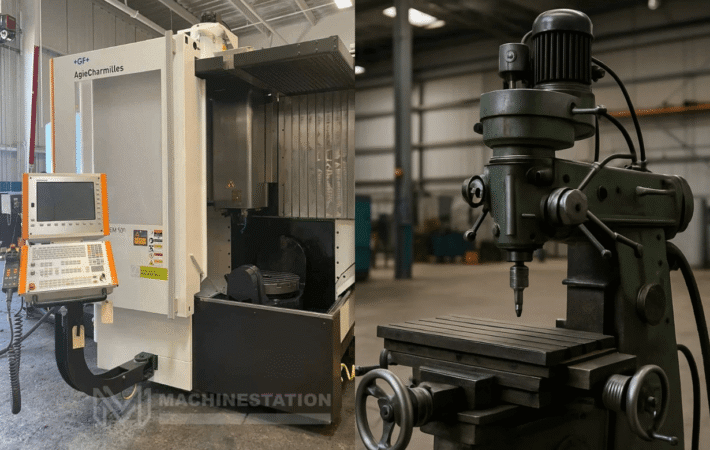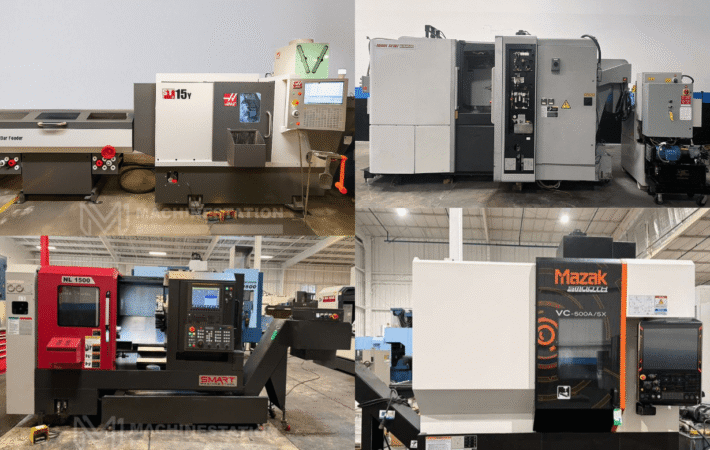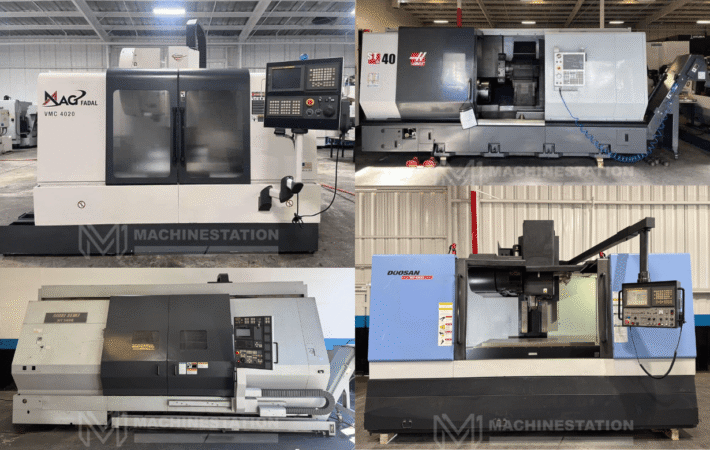CNC machining has undergone significant advancements in the past few years, and one such development is the introduction of 5-axis and 7-axis machining. This has totally changed the definition of precision machining.
These machines are capable of machining a workpiece from various angles, which enables them to achieve unparalleled precision. The 7-axis obviously outperforms the 5-axis when it comes to precision machining, and complex geometry machining works.
But they have a lot of differences other than that. 5-axis machining and 7-axis machining are made for different machining purposes. If you’re curious about what the features of these two types of machines are, then you need to dive deep into the details with us to get a better understanding of which one will be better for your business.
What do 5-axis machines and 7-axis machines mean?
Let’s start with understanding the main definitions of the 5-axis and 7-axis CNC machines:
5-axis machining: 5-axis machining is the process in which the cutting tool can approach the workpiece from 5 different angles. In these machines, they have three linear axes and two rotational axes. It helps with 5-sided machining in just one setup, which helps in the formation of complex structures in just one go. The five axes of these machines are: X axis for vertical rotation, Y axis for horizontal rotation, Z axis for depth of the part, A axis for X axis revolution, and B axis for Y axis revolution.
7-axis machining: 7-axis machining is done following the same principles as 5-axis machining, with two additional axes. They are just more versatile. These machines can do robotic manipulations in just one go. But the increased axes also increase the potential for collisions, so having an advanced CAM software is also essential. The seven axes of these machines are: X axis for vertical rotation, Y axis for horizontal rotation, Z axis for depth of the part, A axis for X axis revolution, B axis for Y axis revolution, C axis for Z axis revolution, and E axis, which works as the twisting arm.
Differences between 5-axis machining and 7-axis machining:
Here are some of the major differences between 5-axis machining and 7-axis machining:
- Precision and accuracy: precision is the main reason behind the popularity of multi-axis machining, but 7-axis machining is better than 5-axis machining in this segment. 5-axis machines achieve tolerances as tight as ±0.001 inches, which is definitely a great number when you compare it with traditional machining or three-axis machines.
But the competition here is with 7-axis machining. These machines can achieve tolerances as tight as ±0.001 inches or 1 micron. The two more axes of these machines give better control over tool orientation. This is the reason that 7-axis machining is more preferred for precision machining of parts with multiple undercuts or hard-to-reach areas. - Production efficiency: Both 5-axis and 7-axis machining bring the setup time down when compared with other forms of machining, like 3-axis machining. 5-axis machines can cut the setup times by 40-60% when compared to 3-axis machining, which allows for continuous cutting and reduced overall cycle times.
7-axis machines reduce the setup time by 60-80% compared to 3-axis machines. These machines can also reduce the production time by 30% compared to 5-axis machines. These machines can also improve the throughput rate in high-precision environments. - Applications: 5-axis machines are used in different industries like aerospace for turbine blades and structural components, complex transmission parts and engine blocks for automotive, and orthopedic and surgical implants for the medical industry.
7-axis machines are used for jobs like: Complex internal geometry parts of the aerospace industry, creating molds with complex cooling channels, wind turbine components, and other critical parts in the energy sector, and intricate prosthetics for the medical sector.
Pros and Cons of both 5-axis machining and 7-axis machining:
Here are the pros and cons of both 5-axis and 7-axis machining:
Pros:
5-axis machining:
- Excellent for complex, free-form surfaces that need 5-sided machining.
- High precision and relational accuracy.
- Lower maintenance needs.
7-axis machining:
- All in one kind of machining, which brings superior flexibility.
- Reduced setups and secondary processes.
- Boost efficiency when it comes to high volume machining.
Cons:
5-axis machining:
- Limited to ultra intricate design parts.
- No native turning feature needs repositioning for that.
7-axis machining:
- Higher programming complexity and steep learning curve.
- More capital intensive and tougher to get ROI.
Which one to choose?
Here’s which machine you can choose as per your needs:
Choose a 5-axis machine if:
- You need to do milling of complex parts, but not the extremely complex geometries.
- You seek a balance between cost and flexibility.
- You want to do advanced CNC machining work but have a limited budget.
Choose a 7-axis machine if:
- You need to machine parts with extreme complexity, deep undercuts, and intricate internal features.
- You can make high initial investments to get better returns in the future.
- You need to consolidate multiple operations in just one setup.
Conclusion:
Both 5-axis and 7-axis CNC machines are great for manufacturing, and can help you do advanced manufacturing works that might not be possible for lesser axis machines and other traditional machining processes. In case you’re looking for used advanced CNC machines, then you can check for used CNC machines on our site.

